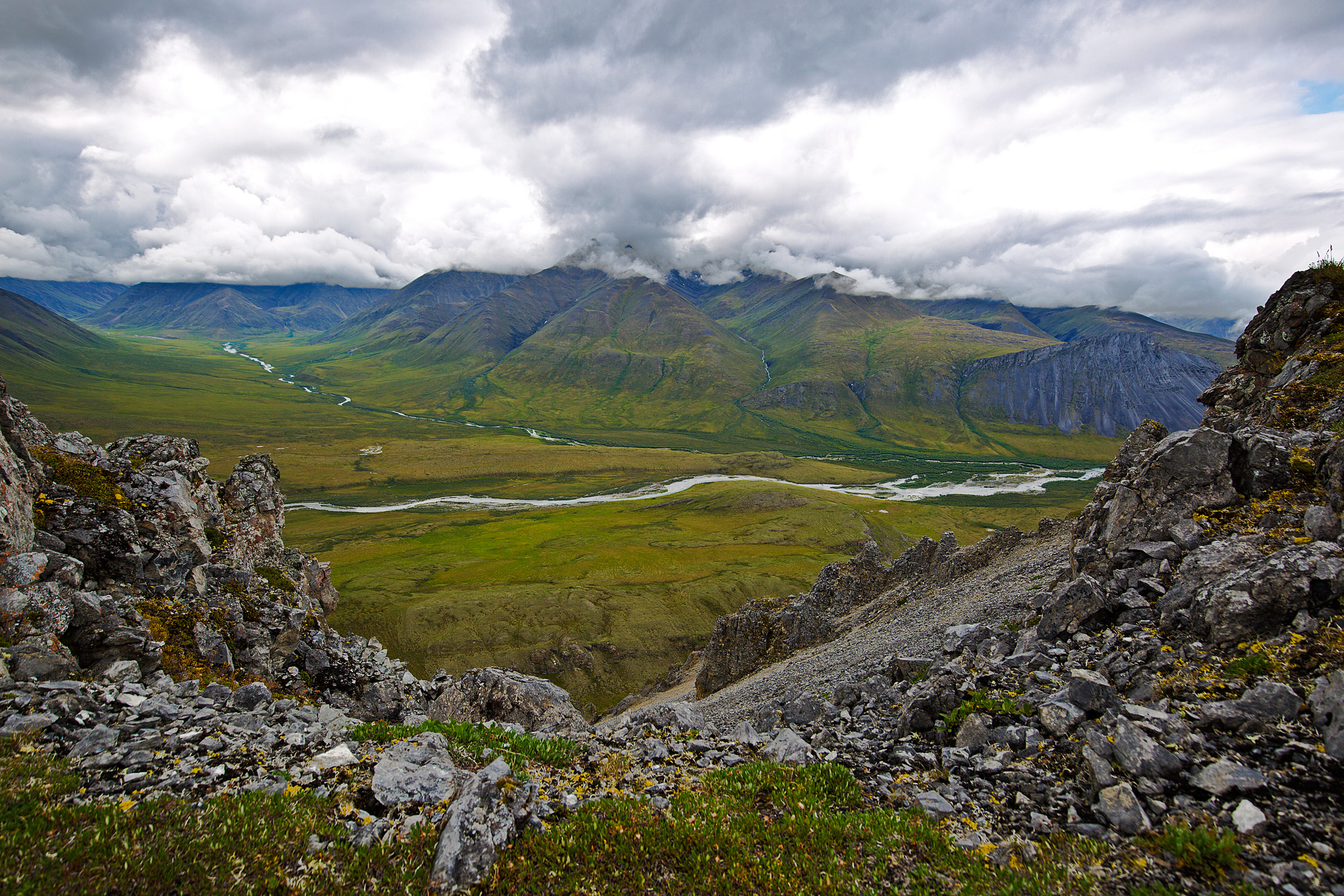
I never should have made it here.
Three and a half years ago, my life was going in a very different direction: I lived in a big city, I sold software over the phone, and ‘adventure’ typically meant going to a new bar or having a nice vacation somewhere in Florida. I was safe, I was comfortable, and should have felt successful, but for some reason, I didn’t. Instead, I felt regret, I felt envy, I felt fear- and there was this persistent, gnawing sense that my life was running away from me and I wasn’t sure if I could stop it.
I started to realize at this point that fear and comfort have a strange, incestuous relationship: the more comfortable I got in my life, the more I became afraid of losing that comfort. That even though I was unhappy, I had started to avoid taking risks because the unknown felt uncomfortable. I was trapped and I knew that the only way I could escape was by taking action and challenging those fears. So that’s what I did:
Despite being told by the news that solo travel is dangerous and that strangers are out to get me, I traveled by myself to New Zealand for six weeks and lived with strangers the entire time. Despite being told by nearly everyone I’d ever met that Australia is full of dangerous things that will kill me on sight, I camped in the Outback for four nights without a tent. And despite reading about Chris McCandless, Timothy Treadwell, and many others who had horrible things happen to them while adventuring in the US, I went ahead and hiked in all 61 National Parks.
This journey has taken me over three years and this post is about the 61st and final Park in that journey, Gates of the Arctic, which according to everything that happened in the first 27 years of my life, I never should have reached or even attempted to reach.
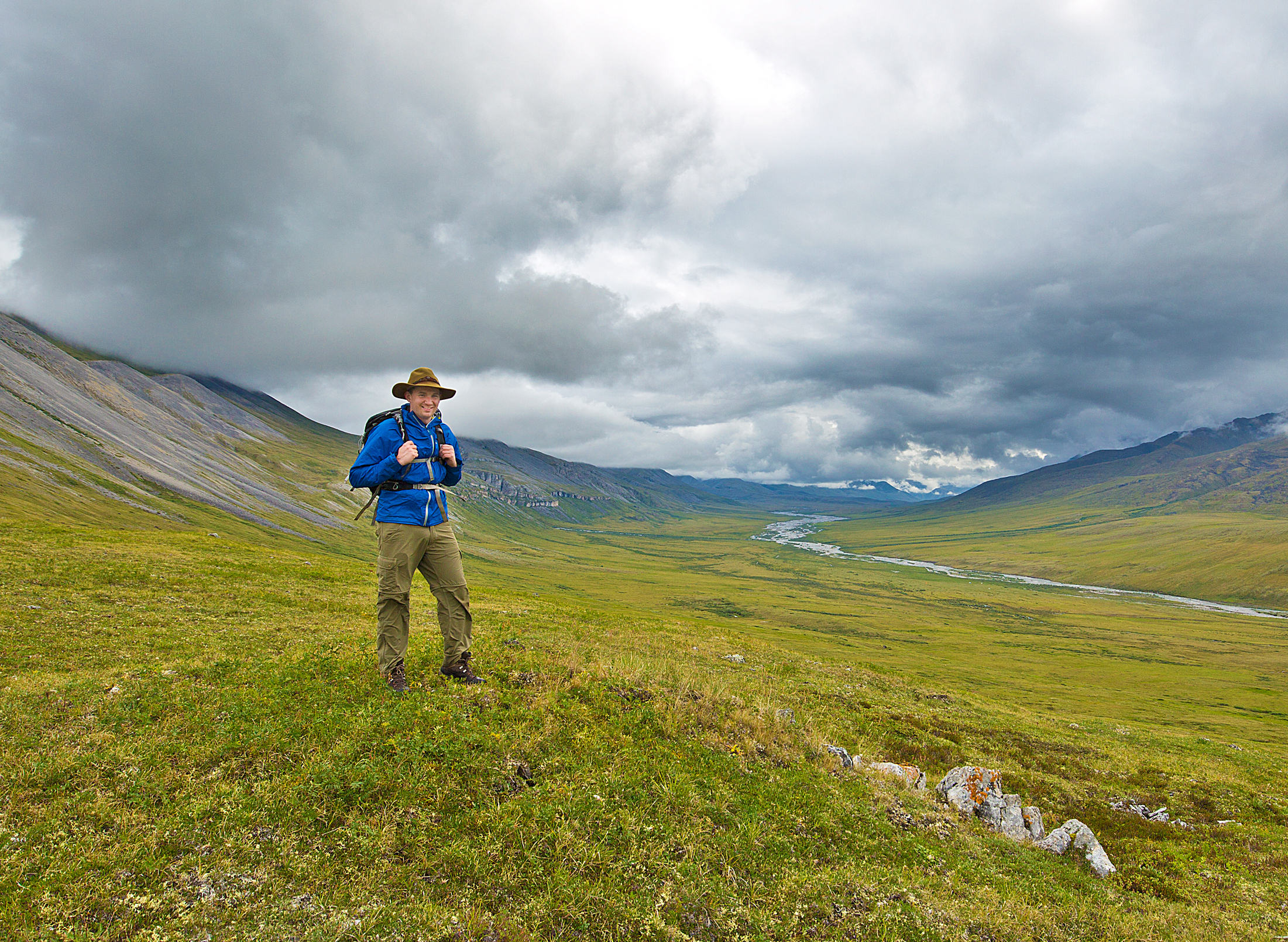
From the very beginning, Gates of the Arctic was always where I dreamed this journey would end, as it represents not just everything the Park System stands for, but also all of the things that I have come to appreciate on this quest.
Located in Northeast Alaska in the Brooks Mountain Range, this is one of the last great wild places on earth, as there are no roads, no trails, and no people. The endless number of dramatic mountains, rivers, and glaciers make every cardinal direction look like a postcard. There is no question that if this Park was located just about anywhere else in the United States, it would be one of the most visited and most cherished.
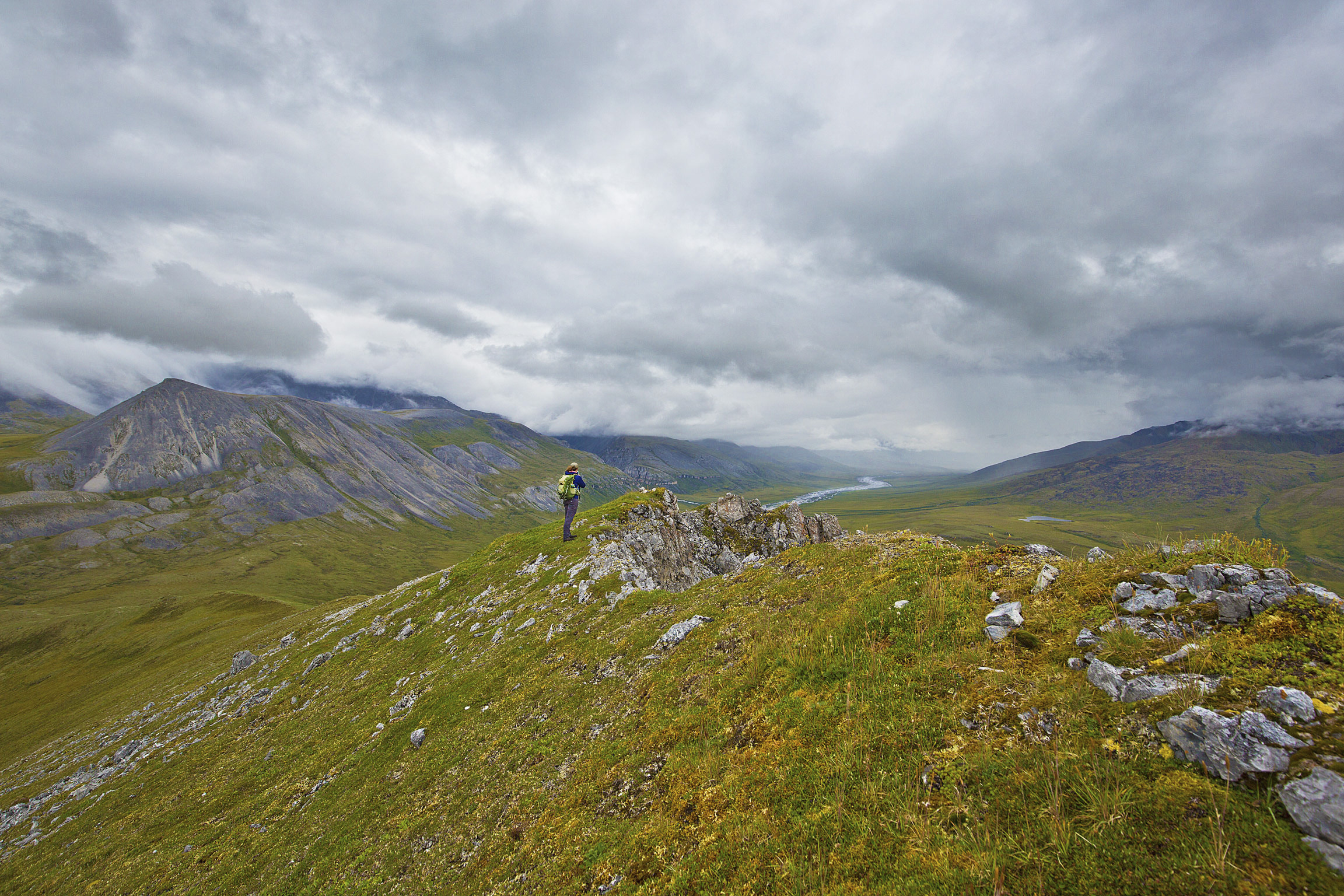
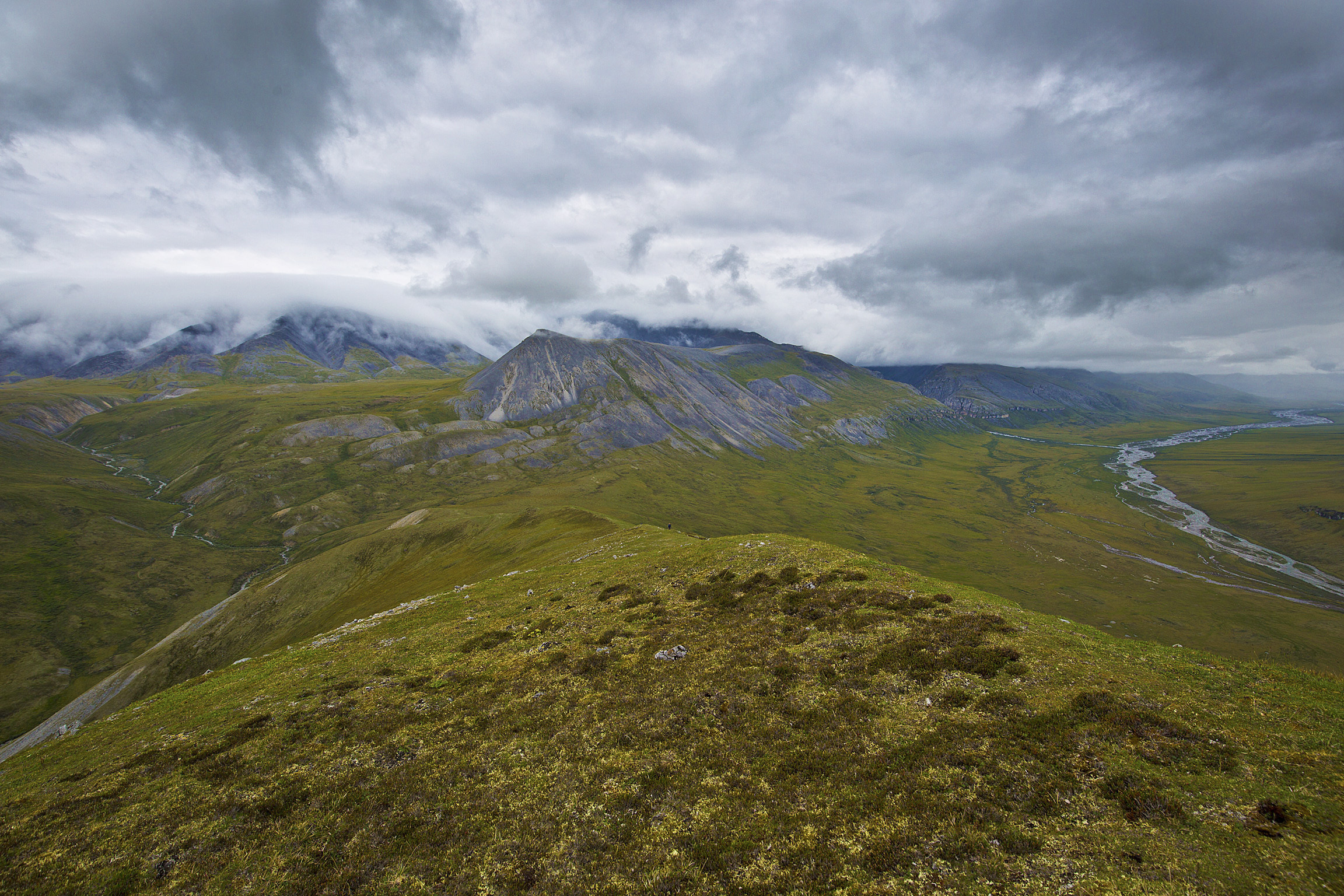
But fortunately for preservationist and unfortunately for aspiring visitors, this is an incredibly difficult place to reach. In fact, even finding reliable information about it is difficult since it is this is the least visited National Park in the country and there are only a handful of small tour operators that support trips to the Park.
Similar to my trip to Kobuk Valley, I opted for doing a multi-day camping trip which meant that only means for getting in or out of the Park was via a small “bush” plane which I took from a truck stop called “Coldfoot.”
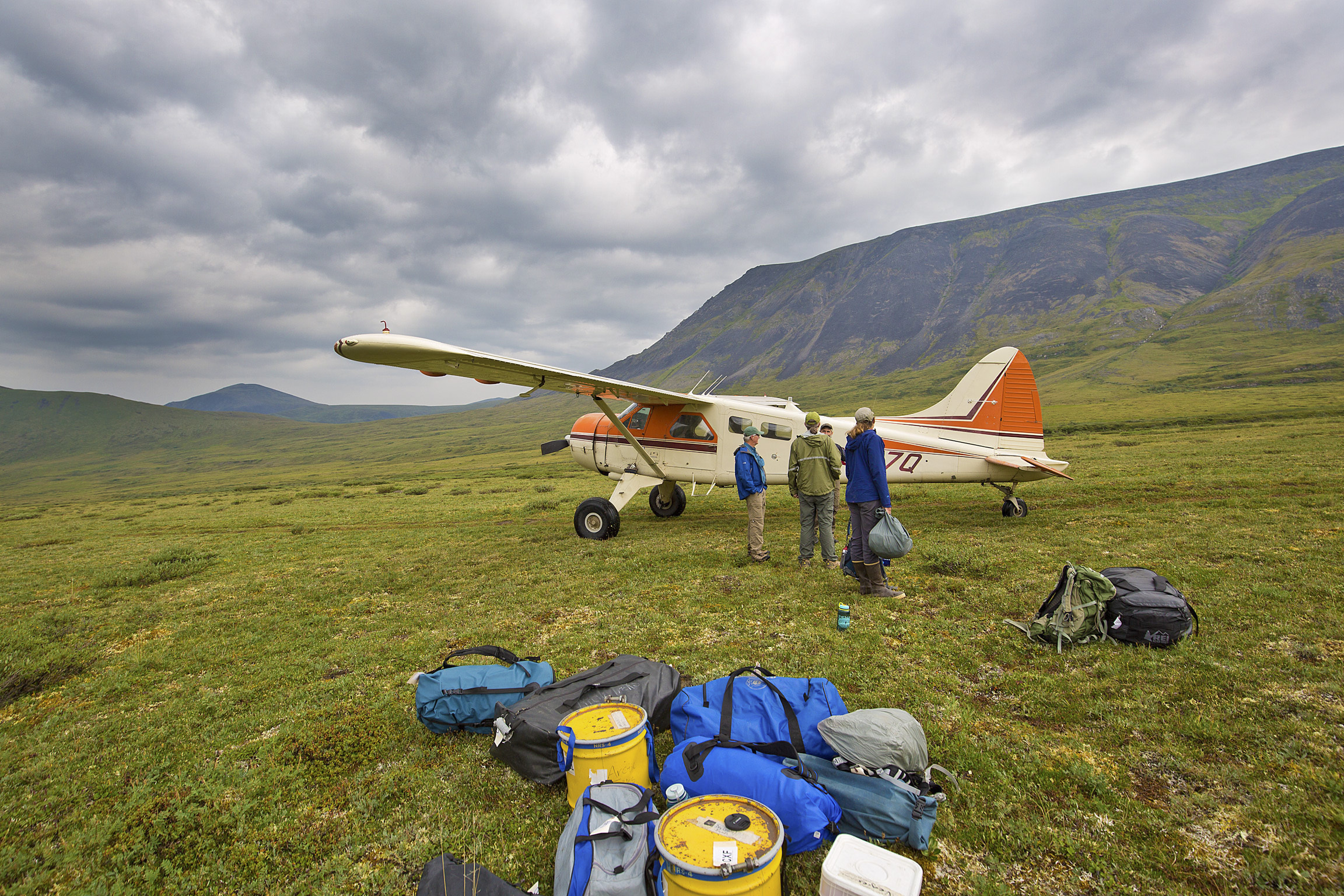
Landing here sparked an immediate adrenaline rush as we were completely exposed on the “tundra” between two mountains and a storm was rolling in fast. I have barely camped anywhere in my entire life, so rapidly setting up a campsite in a remote Arctic mountain range was a learning experience with a steep curve to it: in addition to the cold rain, it can be extremely windy, there are large animals like Grizzly bears and Muskox to contend with, and on all sides of our camp were rivers and creeks that needed to be crossed in order to get anywhere (making every bathroom break an adventure in itself).
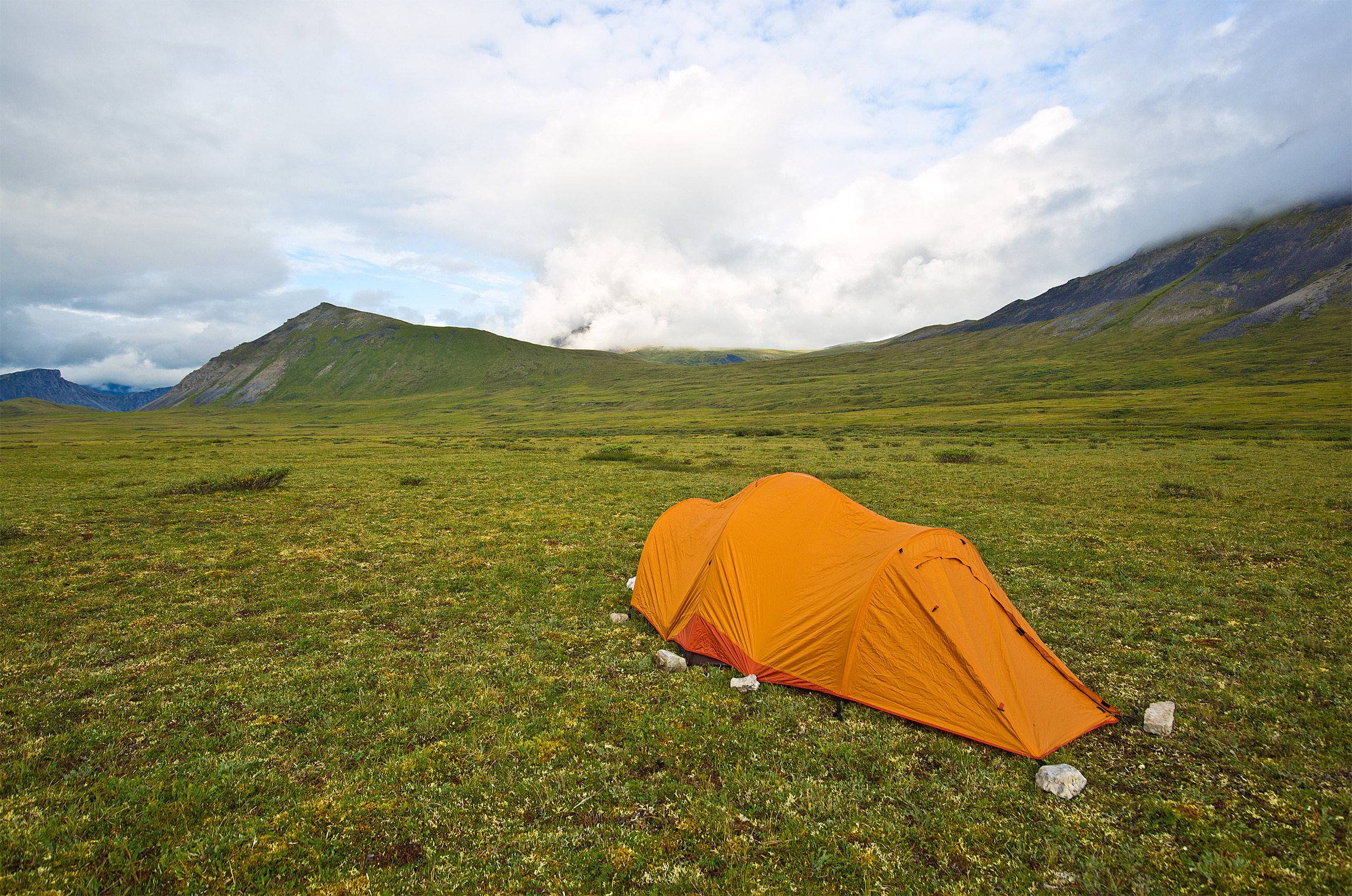
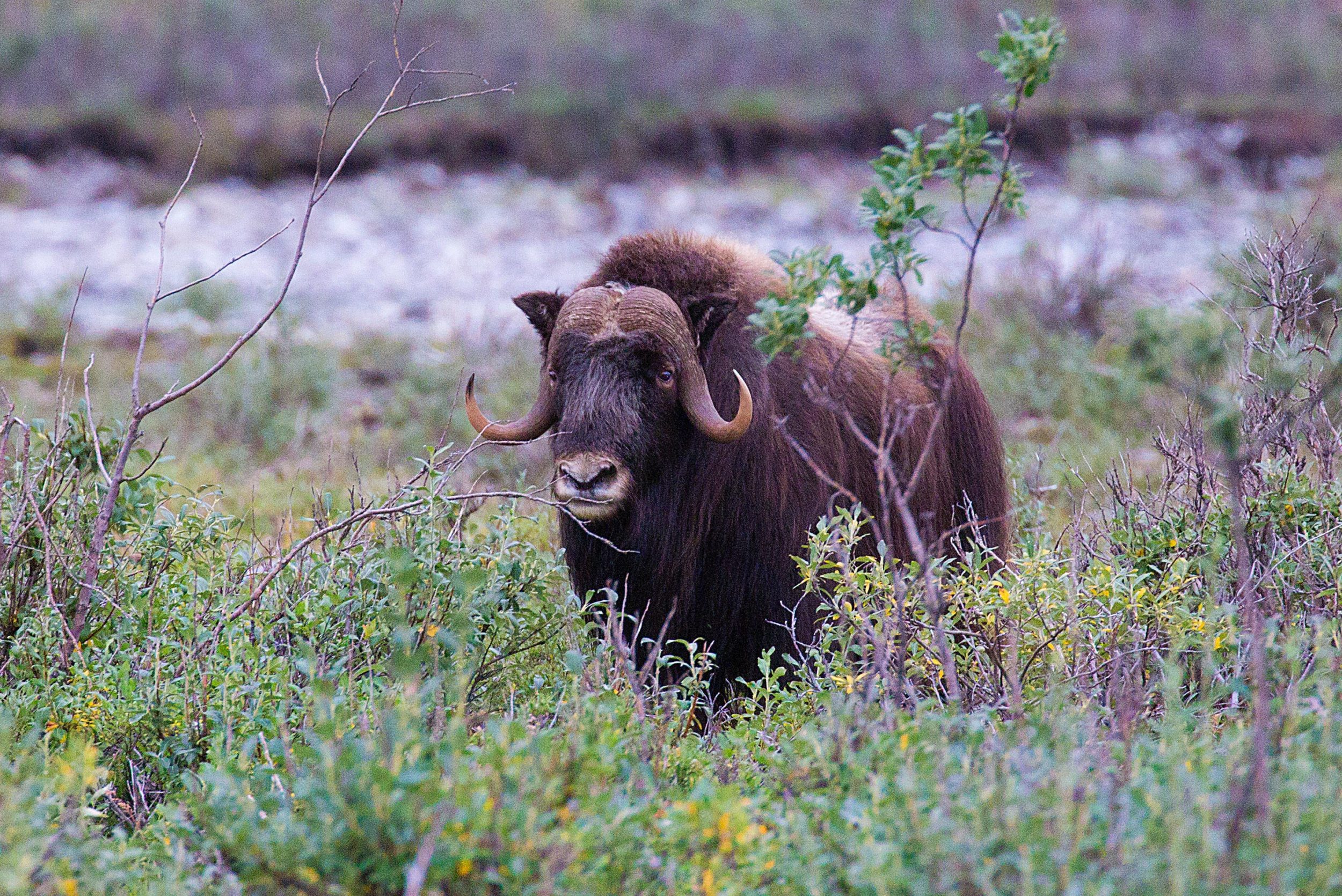
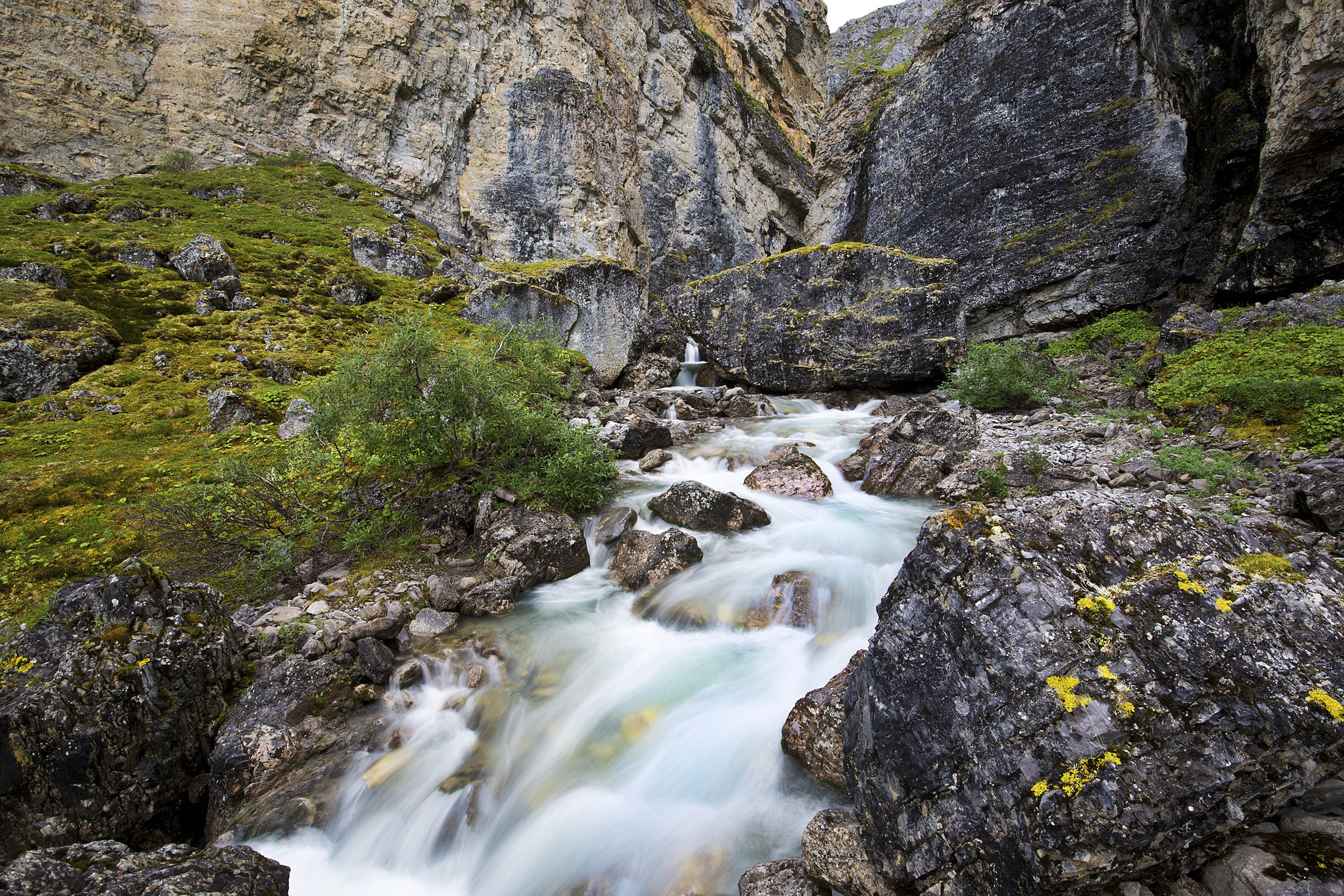
But for all the dangers that exist in Gates of the Arctic, there is one constant emotion that dominates all others: the euphoria of adventure. This Park is the ultimate backdrop for the explorer, as there is nowhere you cannot go and the only limits that exist are the ones you impose on yourself. The group and I (there were four of us including a guide) would pick a direction or mountain to hike up in the morning and then spend the entire day doing just that. It is liberating in a way I have not experienced at any other point in my life, and I found it exhilarating.
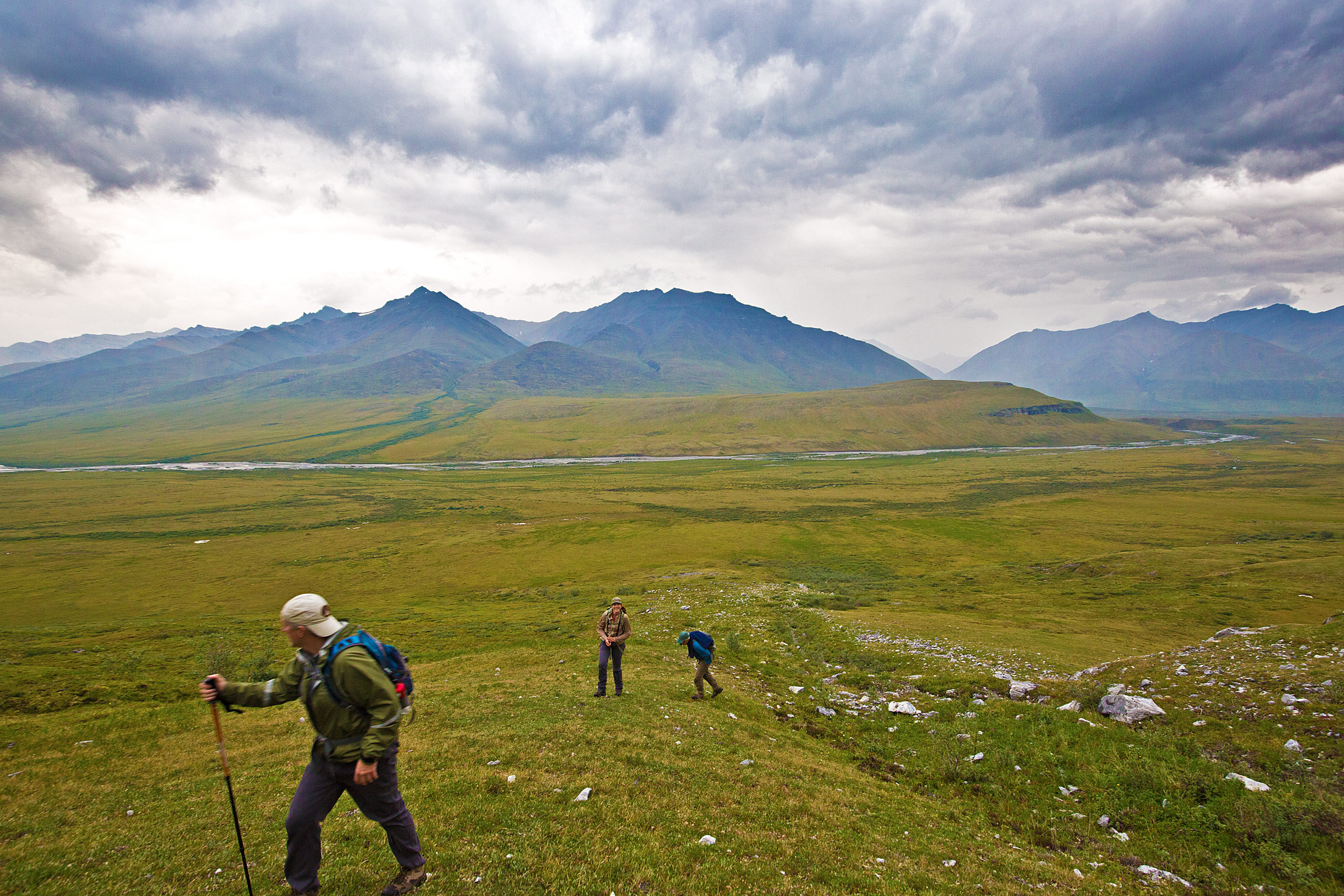
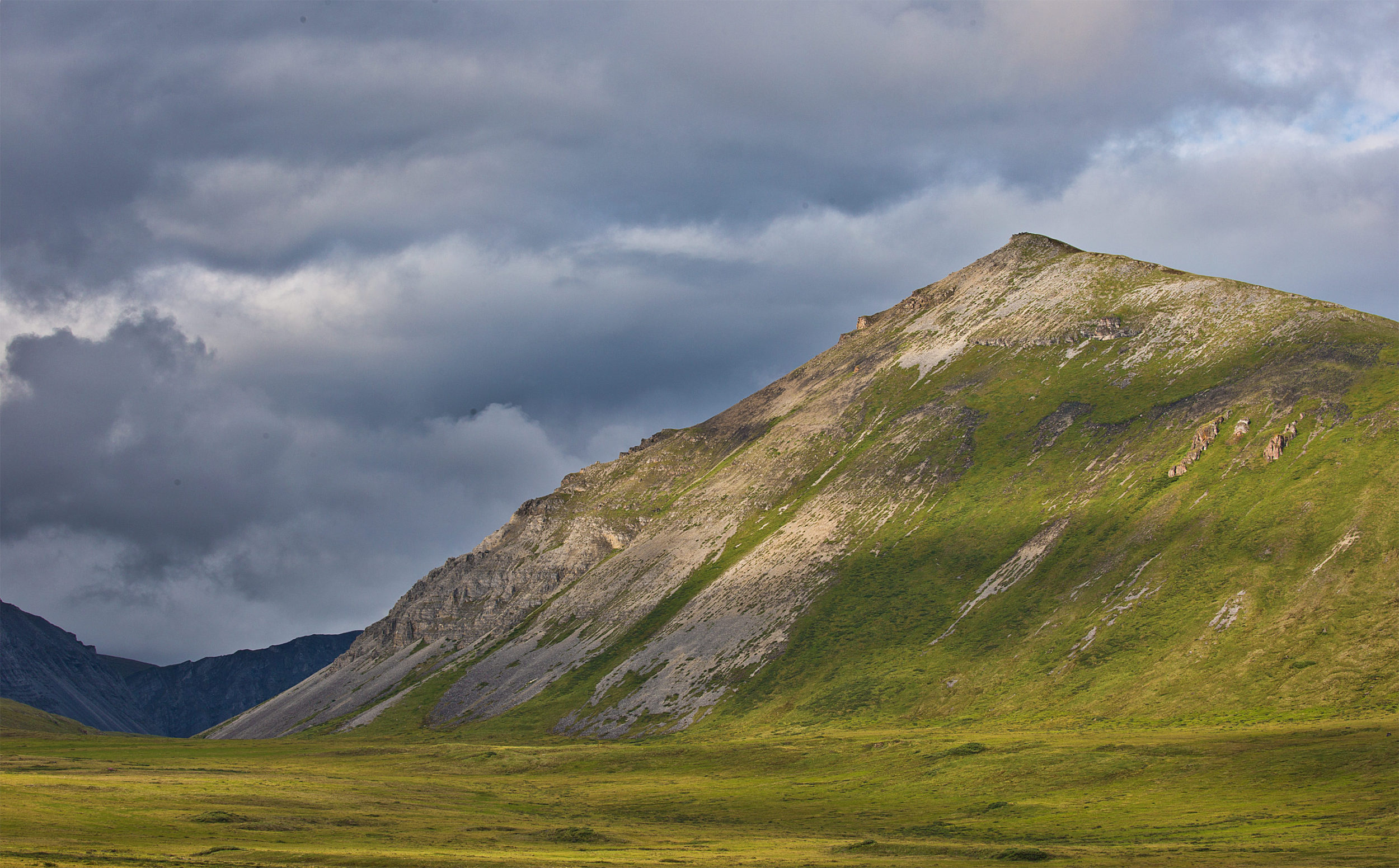
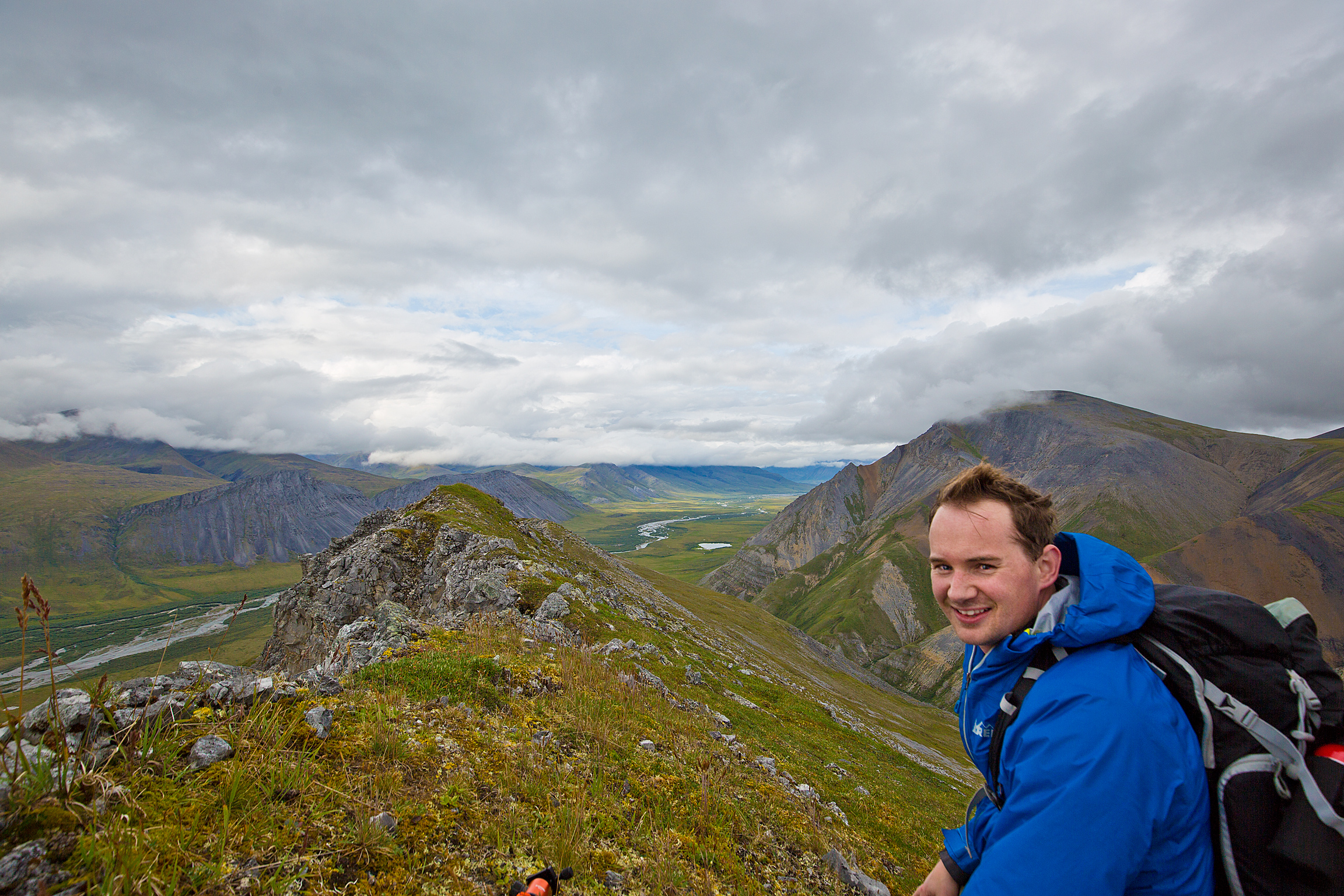
The Park Service has adopted the slogan “Find Your Park” and after visiting all sixty-one of them, I think this one might just be my Park. The three days I spent in Gates of the Arctic was one of the best experiences I’ve had on any trip at any point in my life and I can’t wait to go back again soon.
So long for now!
-Morgan
Bonus Images:
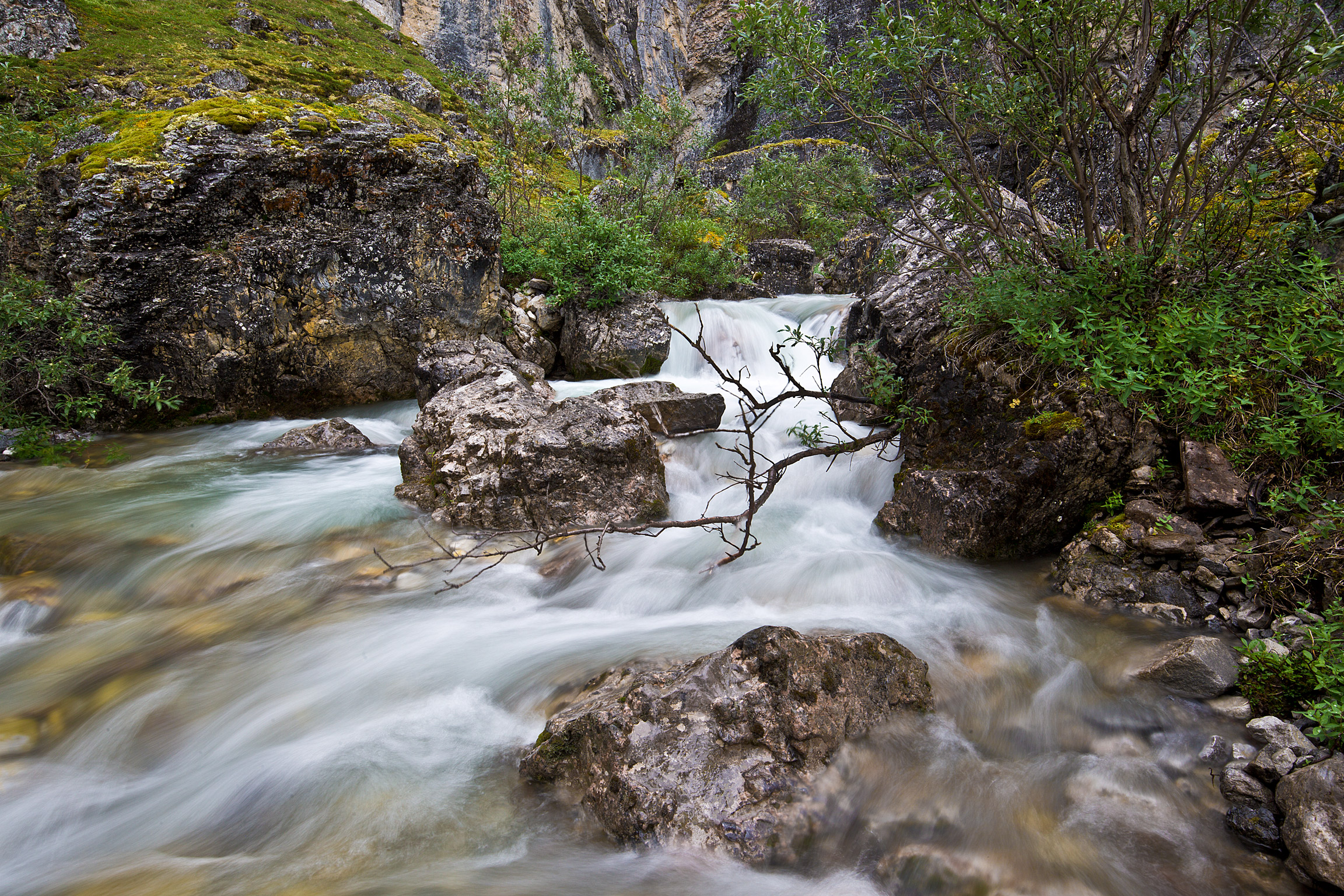
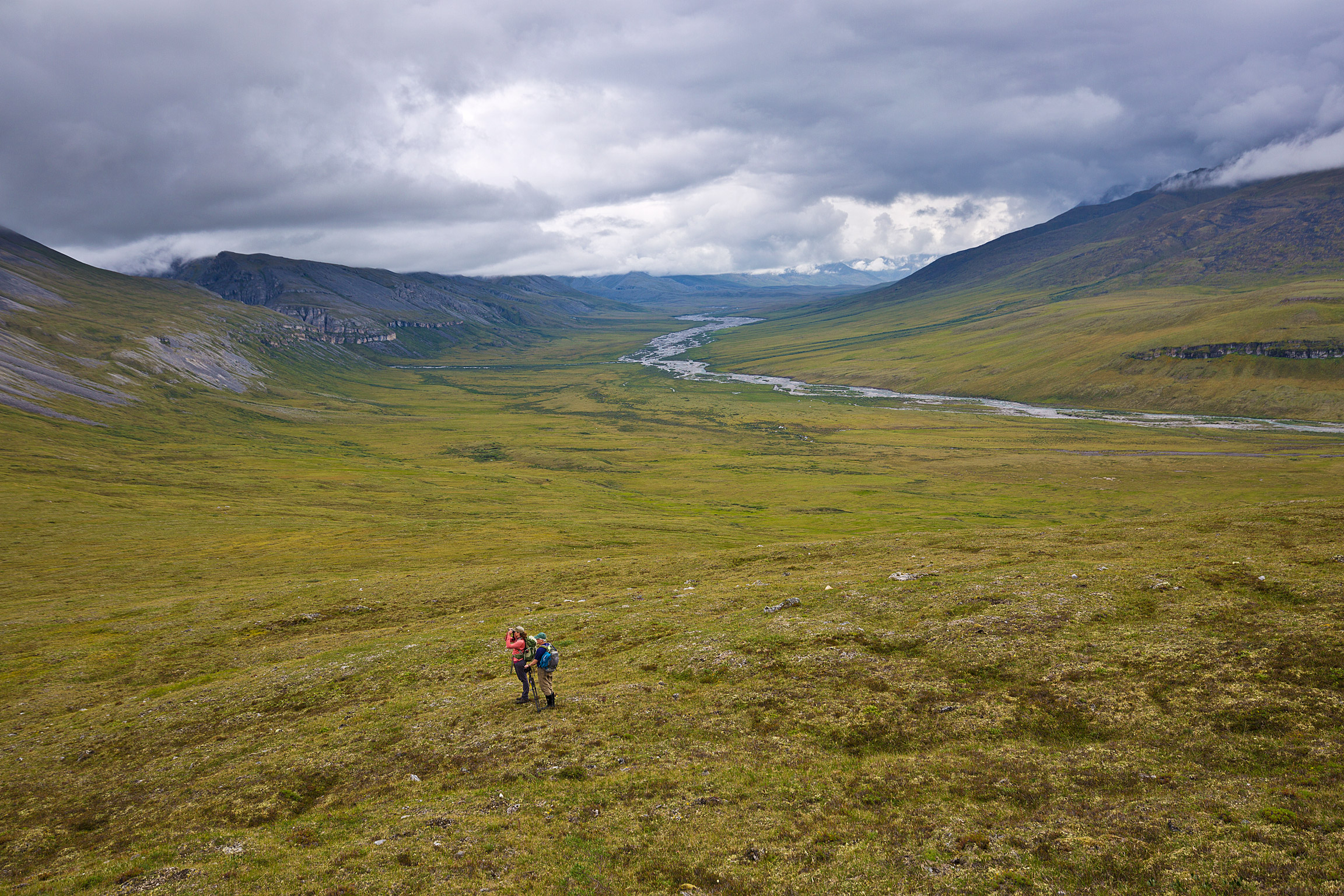
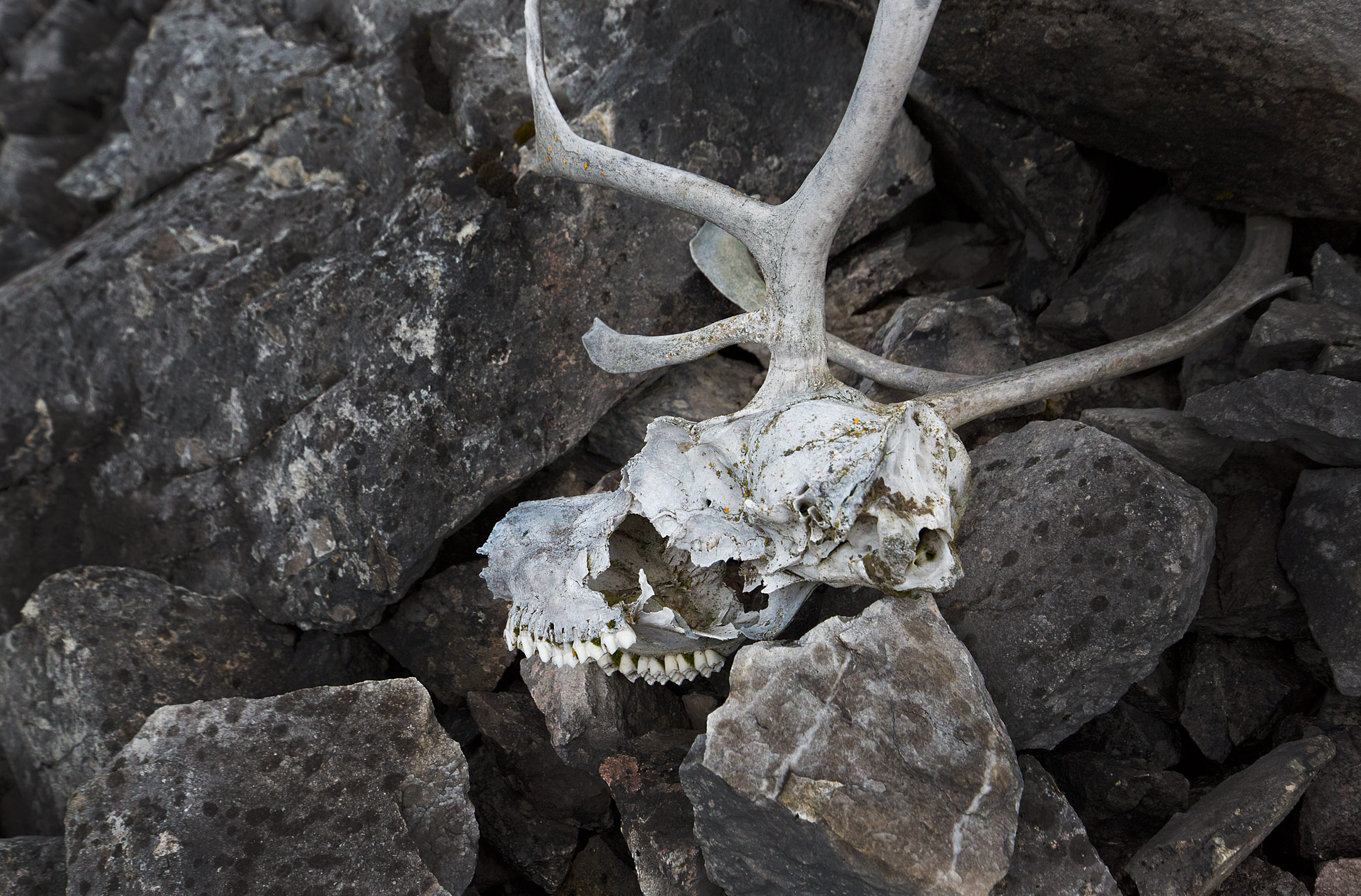
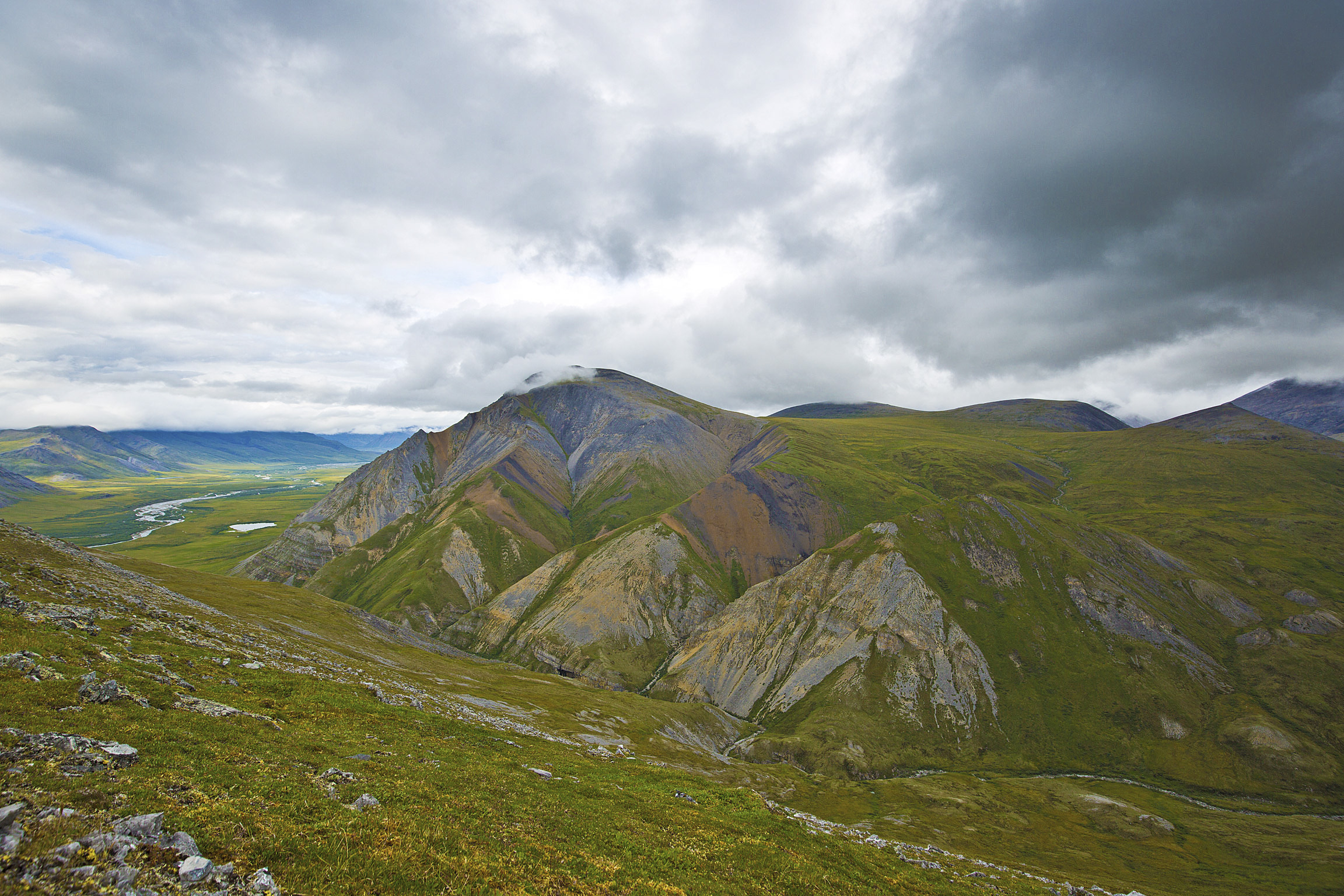
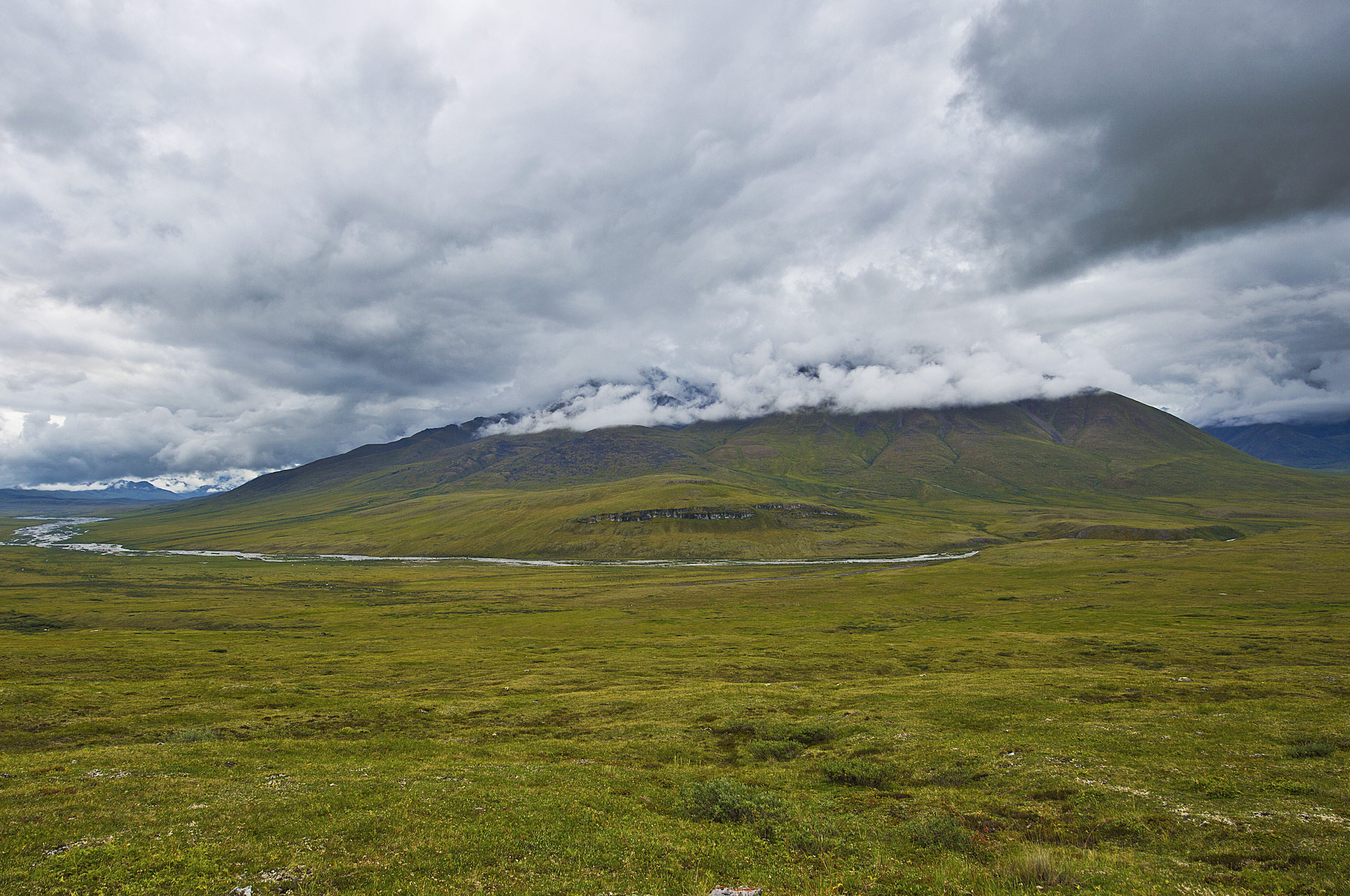
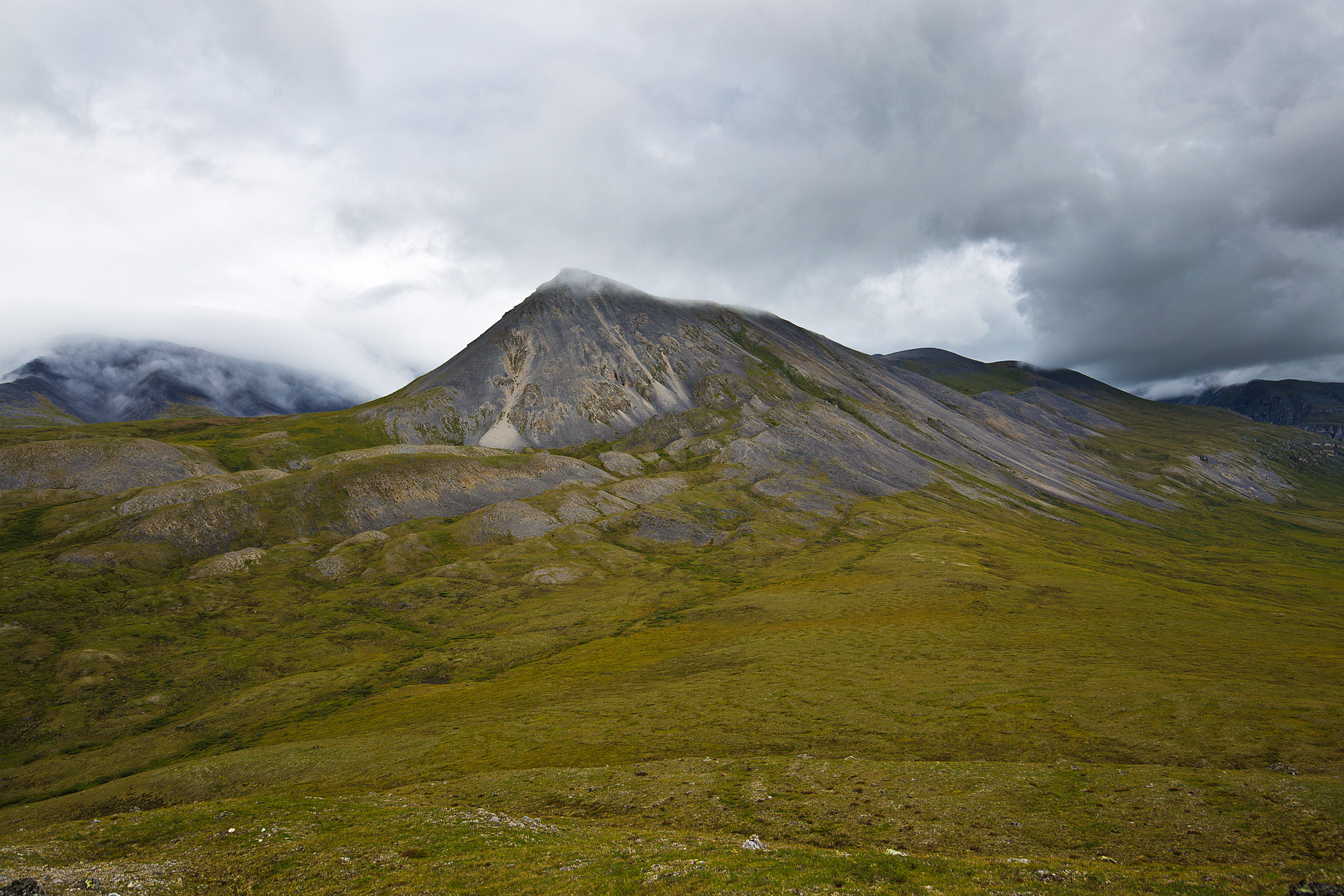
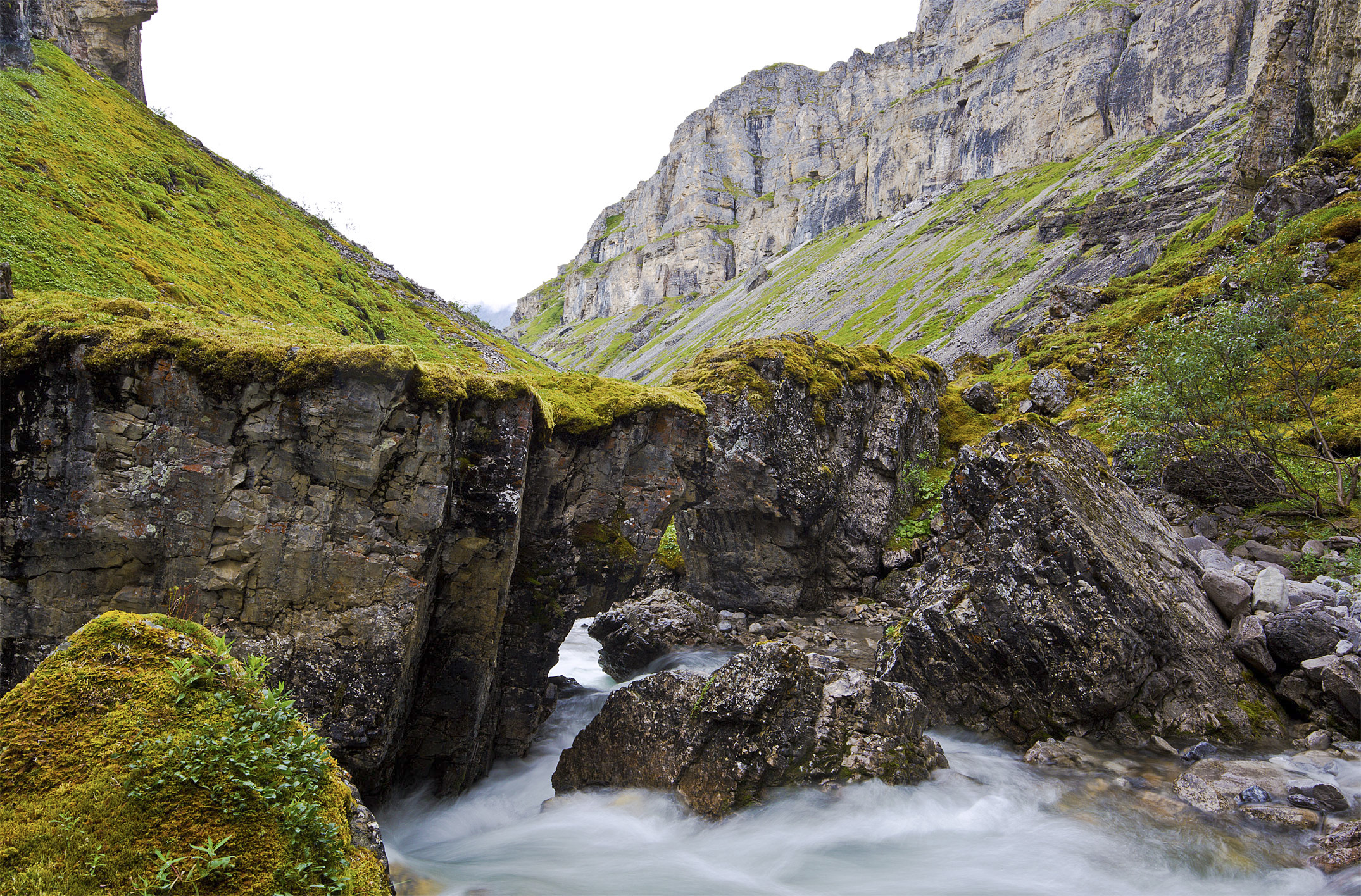
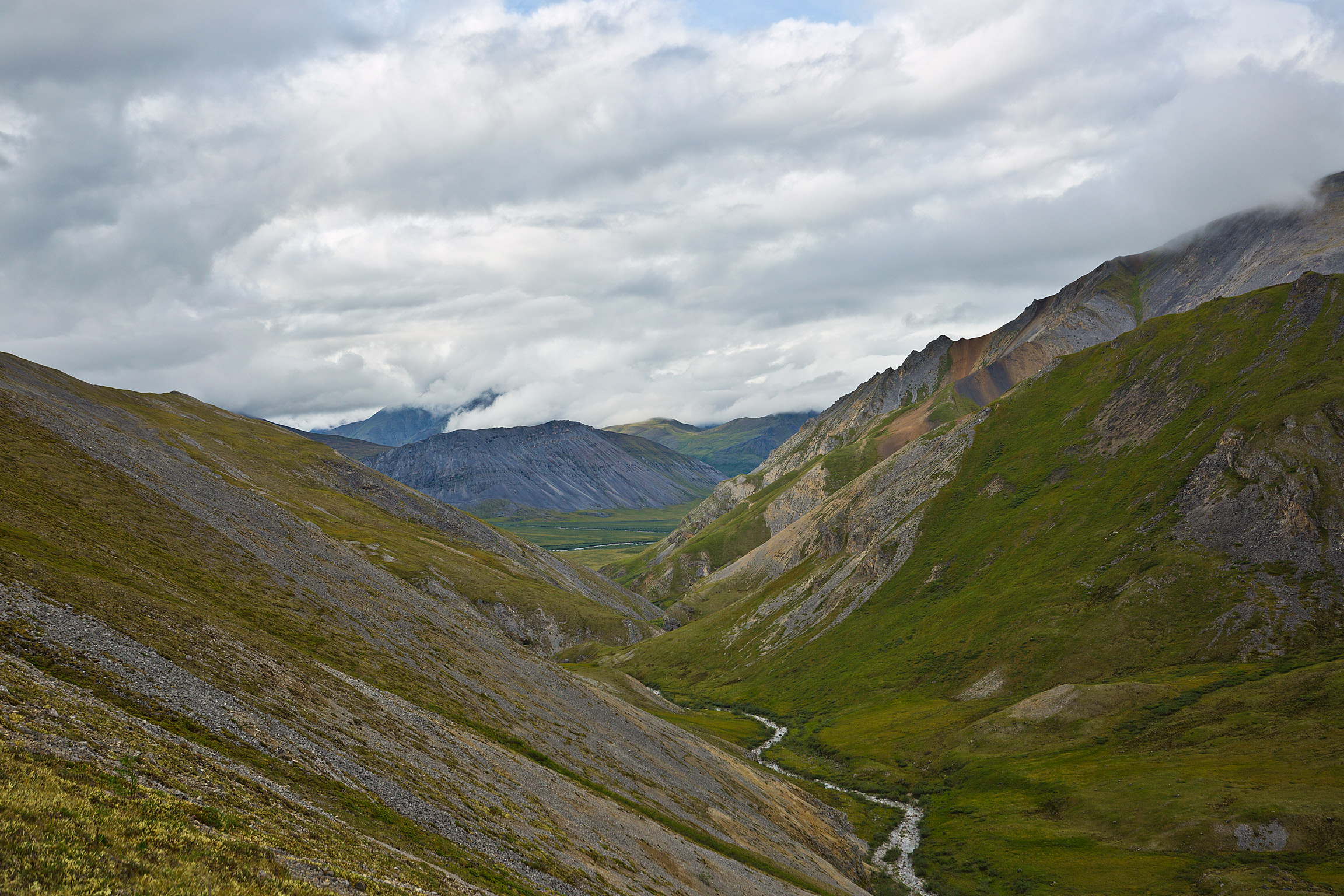
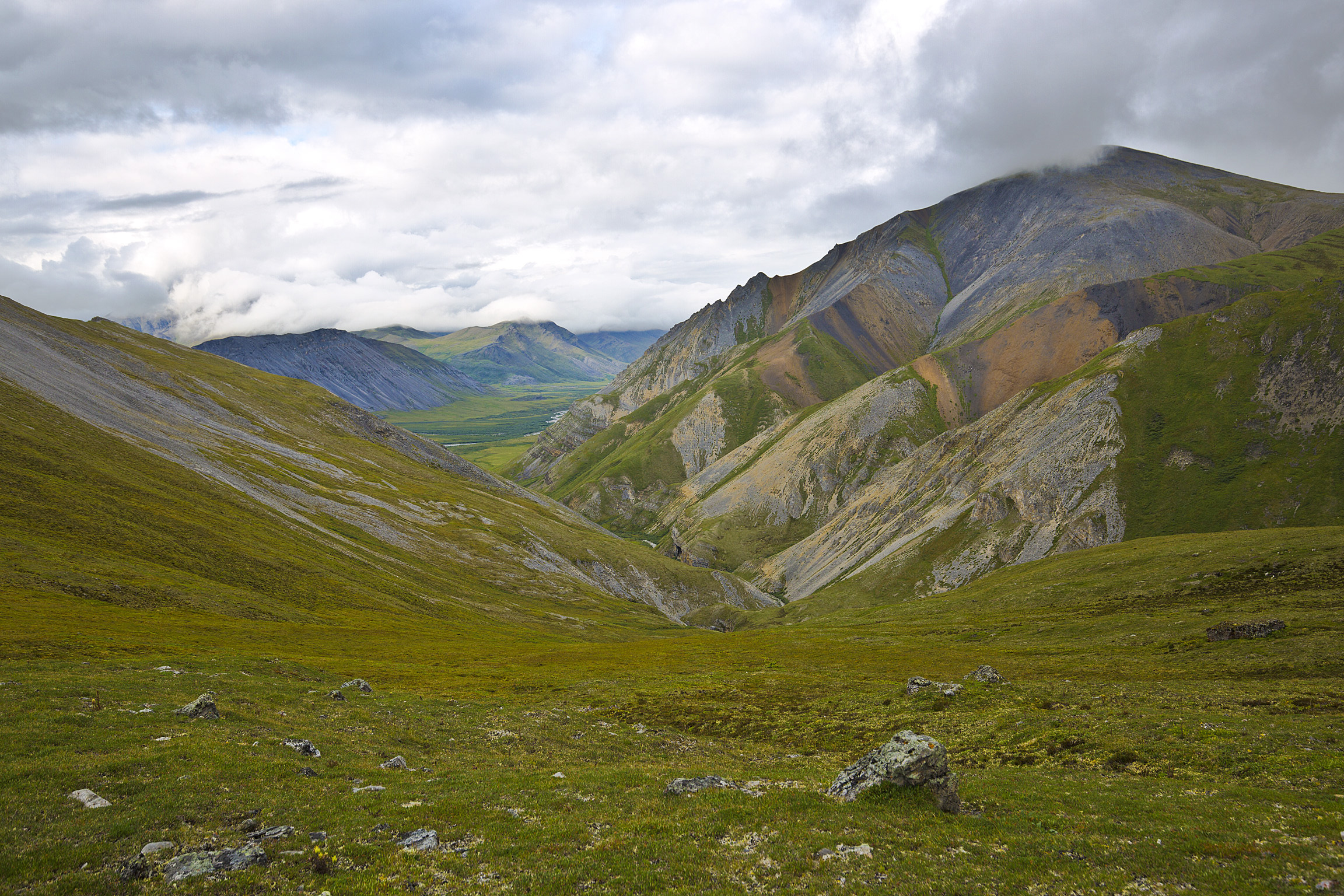
Categories: US National Parks
Tags: Alaska.

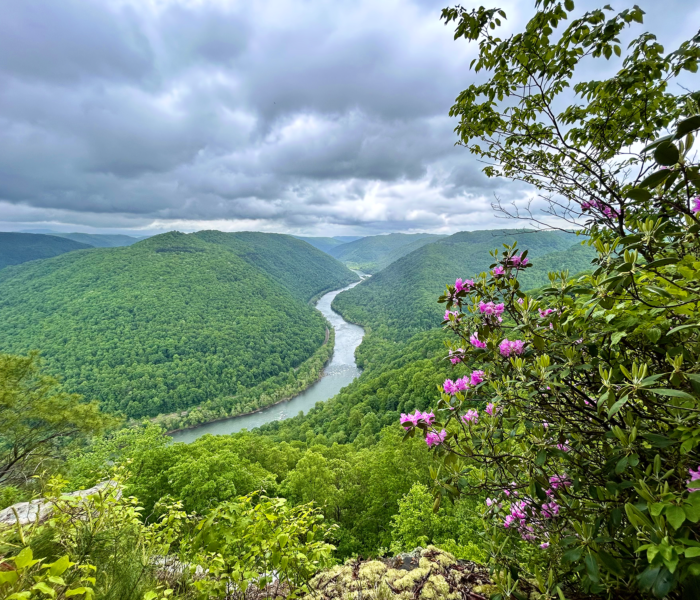
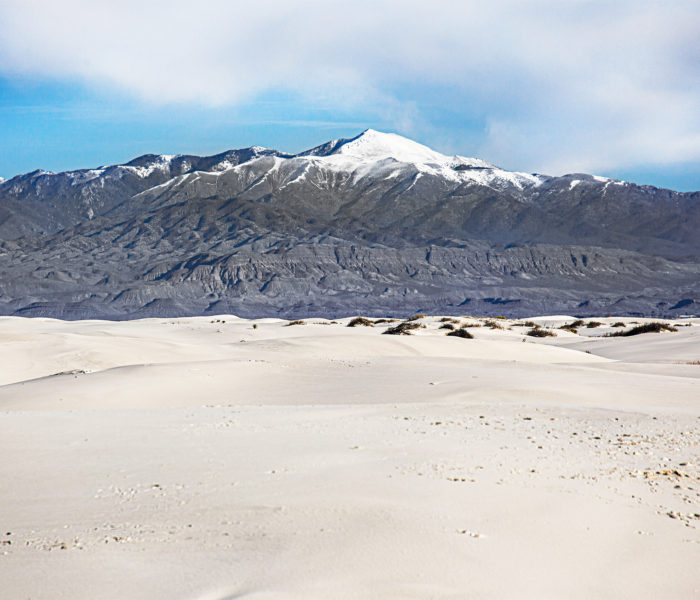
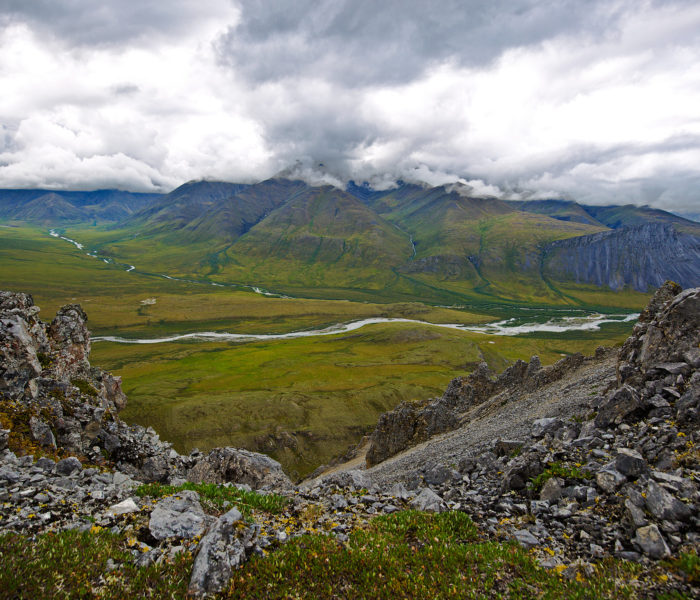
Comments are closed.